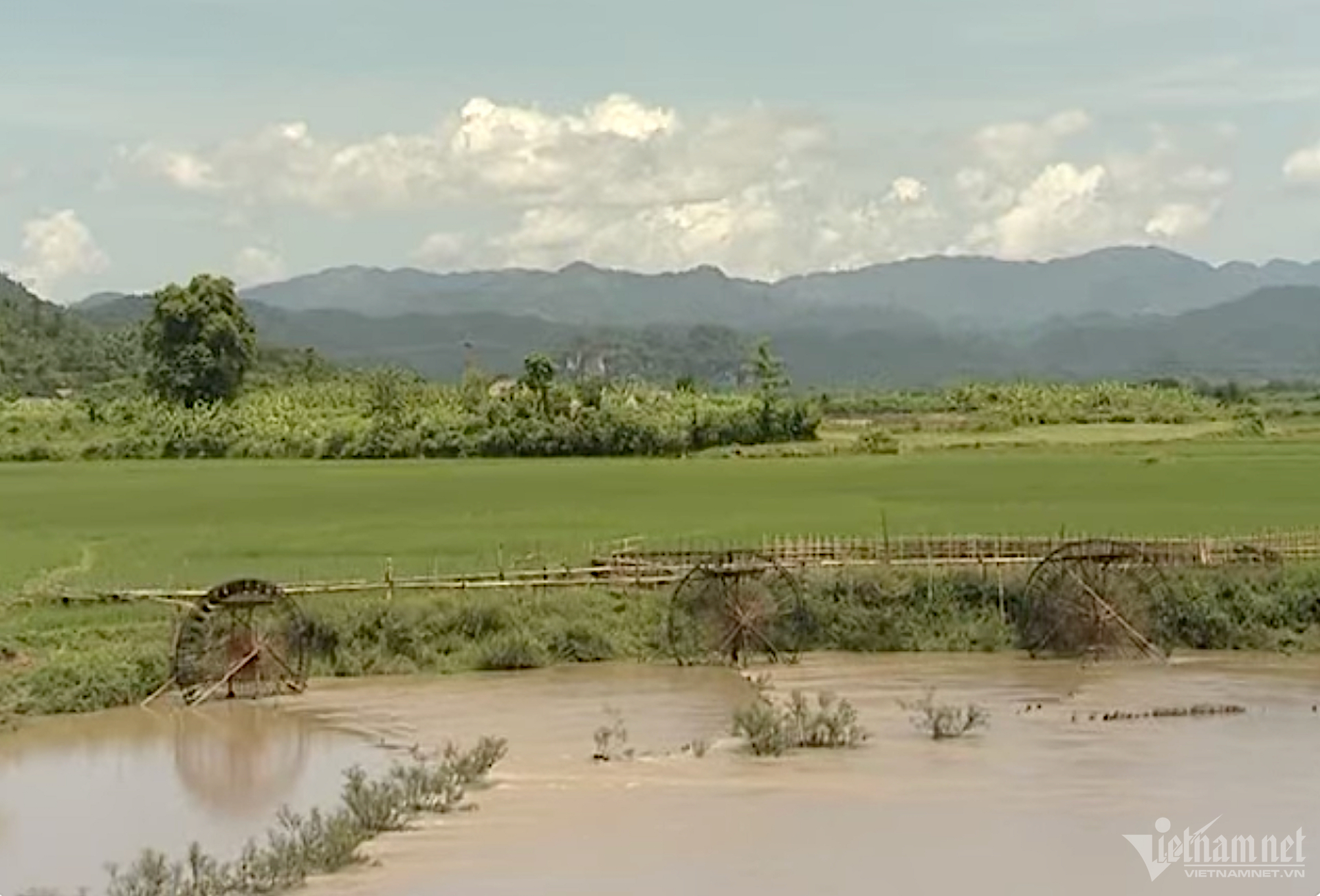
The Western region of Nghe An includes 11 districts with a natural area of 13,747 km2, including 5 highland districts of Ky Son, Tuong Duong, Con Cuong, Que Phong and Quy Chau. The remaining 6 mountainous districts are Quy Hop, Nghia Dan, Thai Hoa Town, Tan Ky, Anh Son and Thanh Chuong. The Western districts account for 84% of the province's area and have 6 ethnic groups of Kinh, Thai, Tho, Mong, O Du and Kho Mu.
To develop this area, nearly 20 years ago, the Politburo issued Resolution No. 26-NQ/TW, dated July 30, 2013 on the direction and tasks of developing Nghe An province until 2020.
At the same time, the Prime Minister approved the Project for socio-economic development of Western region of Nghe An until 2020 in Decision No. 2355/QD/TTg, dated December 4, 2013. This showed the special attention of the Central Government for Nghe An province in general and the Western region of Nghe An in particular.
The special attention of the Politburo and the Government has become an important premise for the development of the western part of Nghe An.
After nearly 20 years of implementation, especially in the last 5 years, the western districts of Nghe An have quickly undergone many changes. The face of Nghe An mountainous districts is changing, with many new roads, bridges, and transportation systems. Houses, schools, health stations, hospitals, and offices are spacious and clean. The life of people in western districts of Nghe An, especially ethnic minority areas, have been improved and enhanced both materially and spiritually. Outdated customs such as funerals, child marriage and same-blood marriage have decreased rapidly. Free migration has rarely occurred.
According to statistics, in the 2015-2020 term, the average growth rate in the western region of Nghe An reached about 8.5%/year, the average income per capita was about 26.5 million VND/person/year.
Total social investment capital increased rapidly, with an average rate of 11%/year. Traffic in the region is very convenient, with heavy investment in Que Phong, Tuong Duong, Ky Son districts. The local government has combined infrastructure projects with the construction of border patrol roads and thousands of kilometers of asphalted and concrete-covered roads in communes in disadvantaged conditions.
The face of the western region of Nghe An is changing rapidly. Many projects invested in the region have been taking effective. The target program for building new rural areas has seen many improvements (64/203 communes meeting new rural standards, including 5 communes in the list of poor districts and border communes...).
According to Mr. Thai Thanh Quy, Secretary of the Nghe An Provincial Party Committee, the major goal that the Provincial Party Committee has determined with a focus on the western region is towards sustainable and practical development; associating economic development with solving social problems and building a strong grassroots political system.
This was confirmed at the meeting between the Politburo and the Standing Committee of Nghe An Provincial Party Committee on the preliminary review of 5 years of implementing Resolution 26. To create a breakthrough in the coming period, it is necessary to place the western region of Nghe An in the overall development of the province, the region, and the country.
It is necessary to identify areas of comparative advantage in the western part of Nghe An with other localities for investment; focus on exploiting maximum potential and advantages; enlist the support of central ministries and agencies for rapid and sustainable socio-economic development.
Nghe An sets a goal that in the period of 2021 – 2025, the western region of Nghe An will have 80% of extremely difficult villages meeting the standards for new rural standards.
After the National Assembly approved the Resolution on "Master plan for socio-economic development of ethnic minority and mountainous areas for the period 2021-2030", the Government also issued Resolution 12/NQ-CP implementing Resolution 88/2019/QH14 of socio-economic issues.
In the process of socio-economic development, the western districts of Nghe An in the new period continue to improve the strong investment environment, creating favorable conditions to attract investment in large projects that create many jobs for ethnic minorities... and at the same time, in addition to socio-economic development, the cultural identities of ethnic groups must be preserved and promoted.